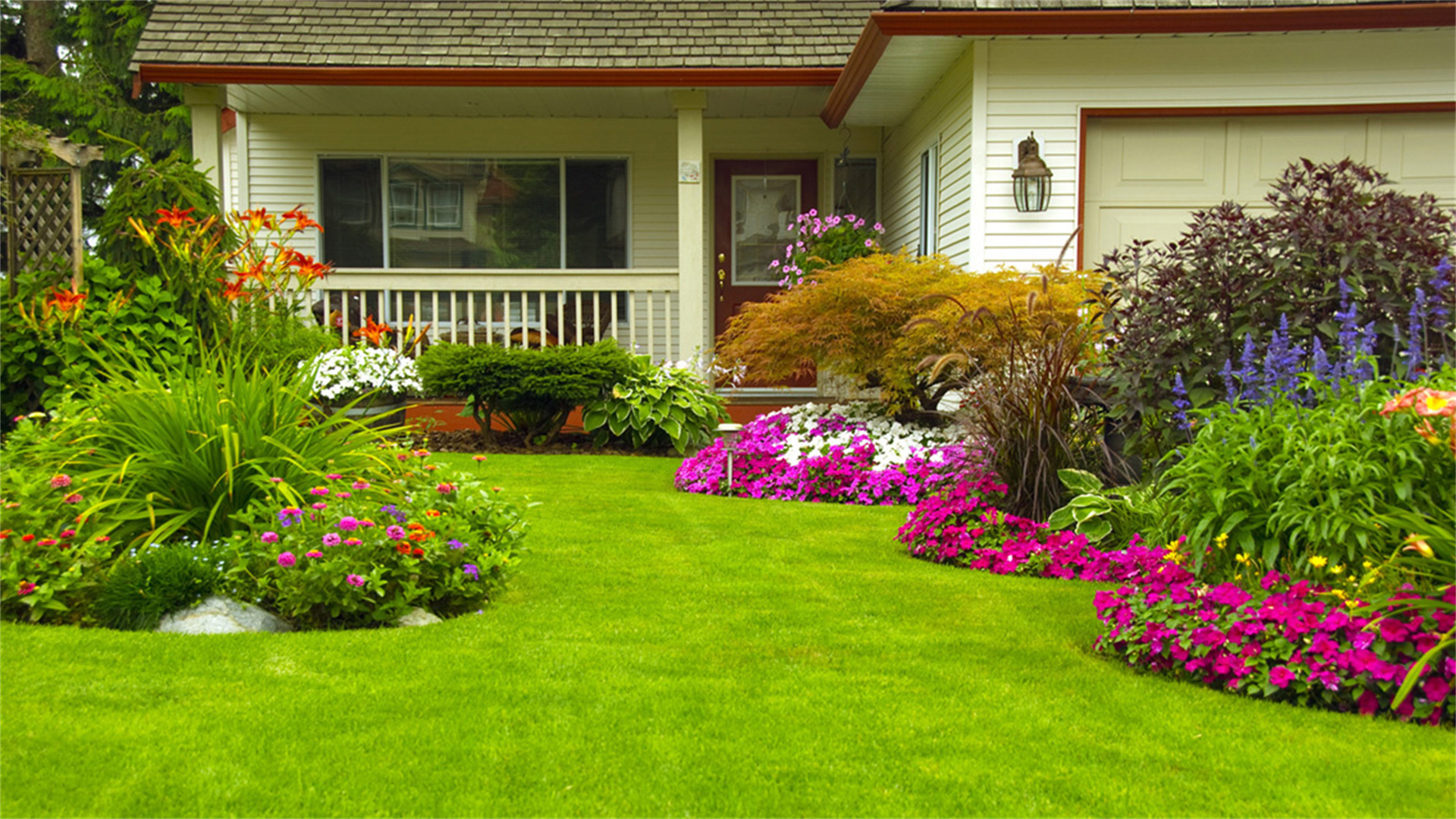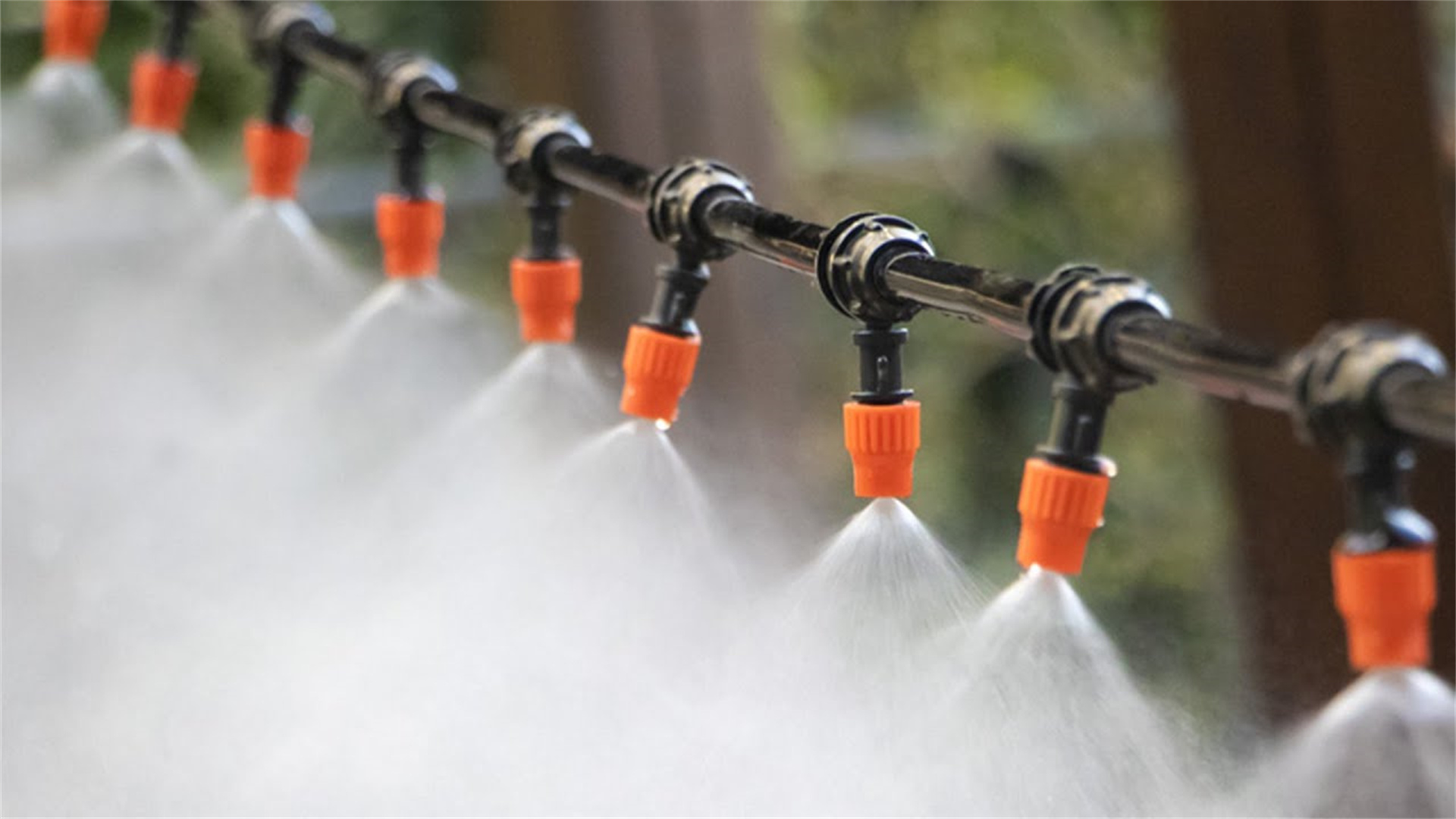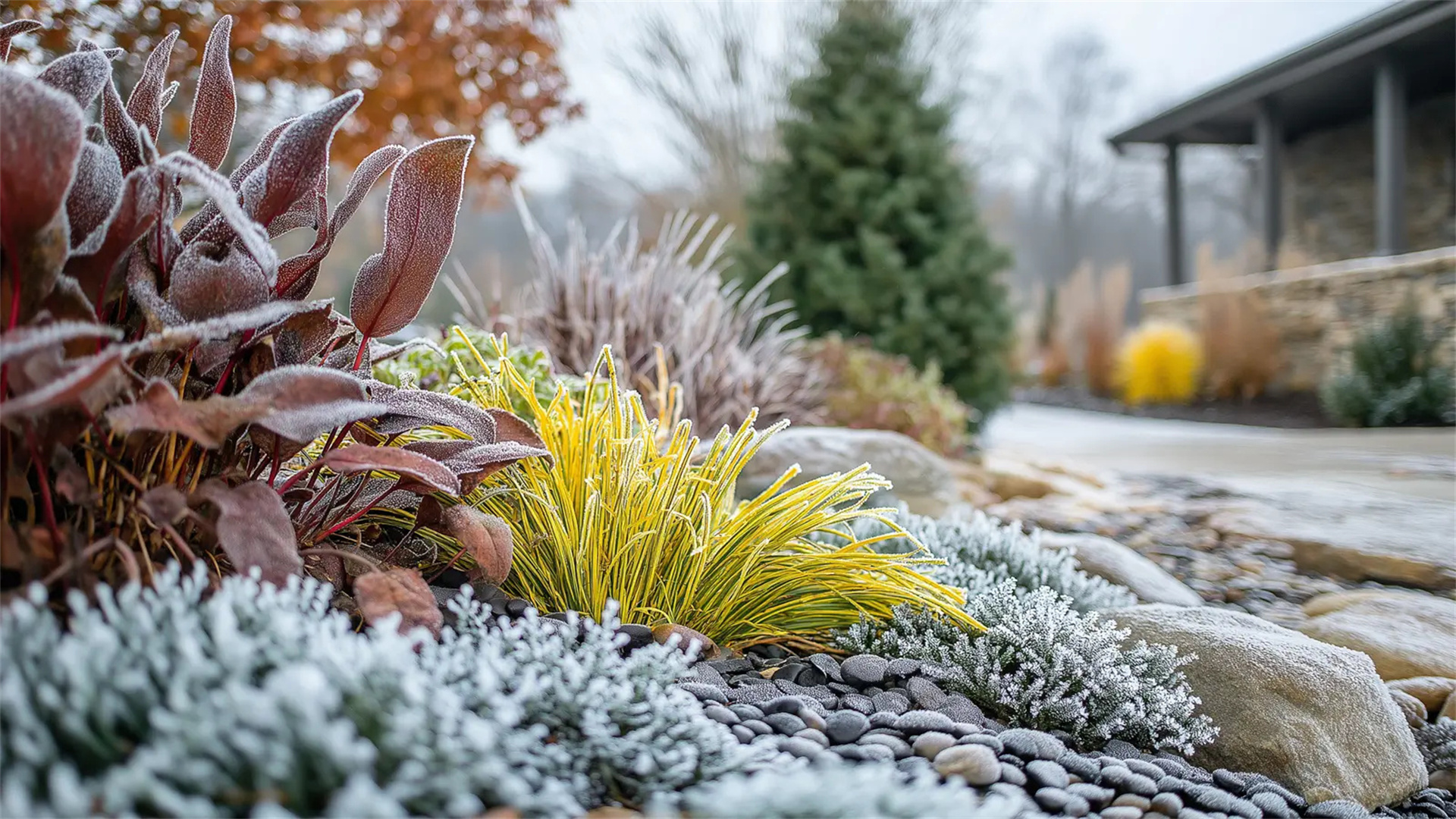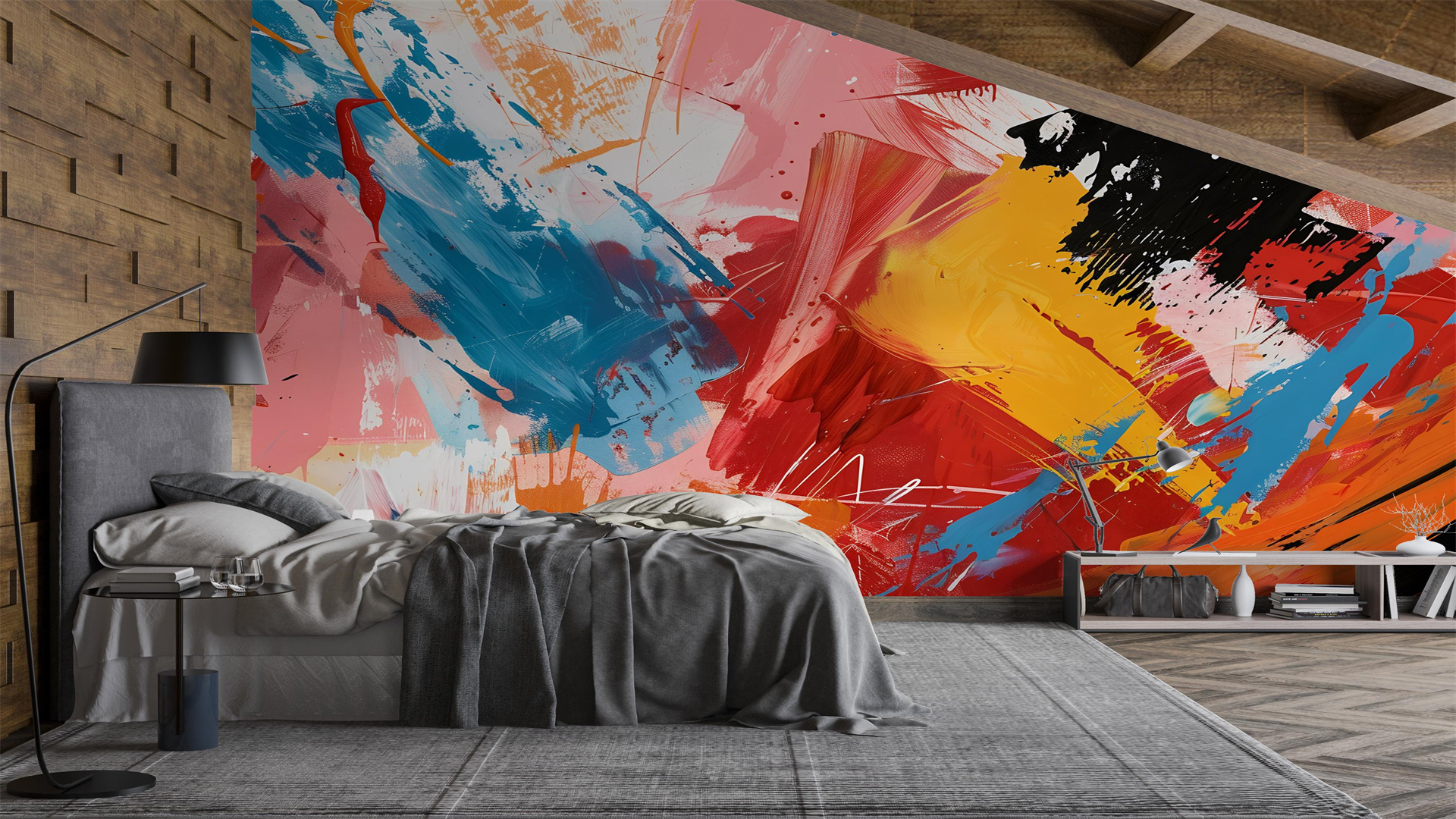Summer Cooling Tips for Log Cabins (No AC)
When people envision log cabins, they often picture cozy winter evenings beside the fireplace, surrounded by the gentle crackle of logs and the warmth of soft blankets. Yet, summer brings its own set of challenges—particularly when temperatures soar and your cabin lacks air conditioning. If you’ve ever sat inside your cabin on a scorching July afternoon, you understand how quickly the atmosphere can shift from charming to stifling. The good news is that you don’t need to invest in a costly AC system to stay comfortable. With a few straightforward strategies—ranging from natural solutions to minor modifications—you can keep your log cabin cool all summer long, naturally and economically. Below are detailed, actionable methods to transform your cabin into a refreshing summer retreat.
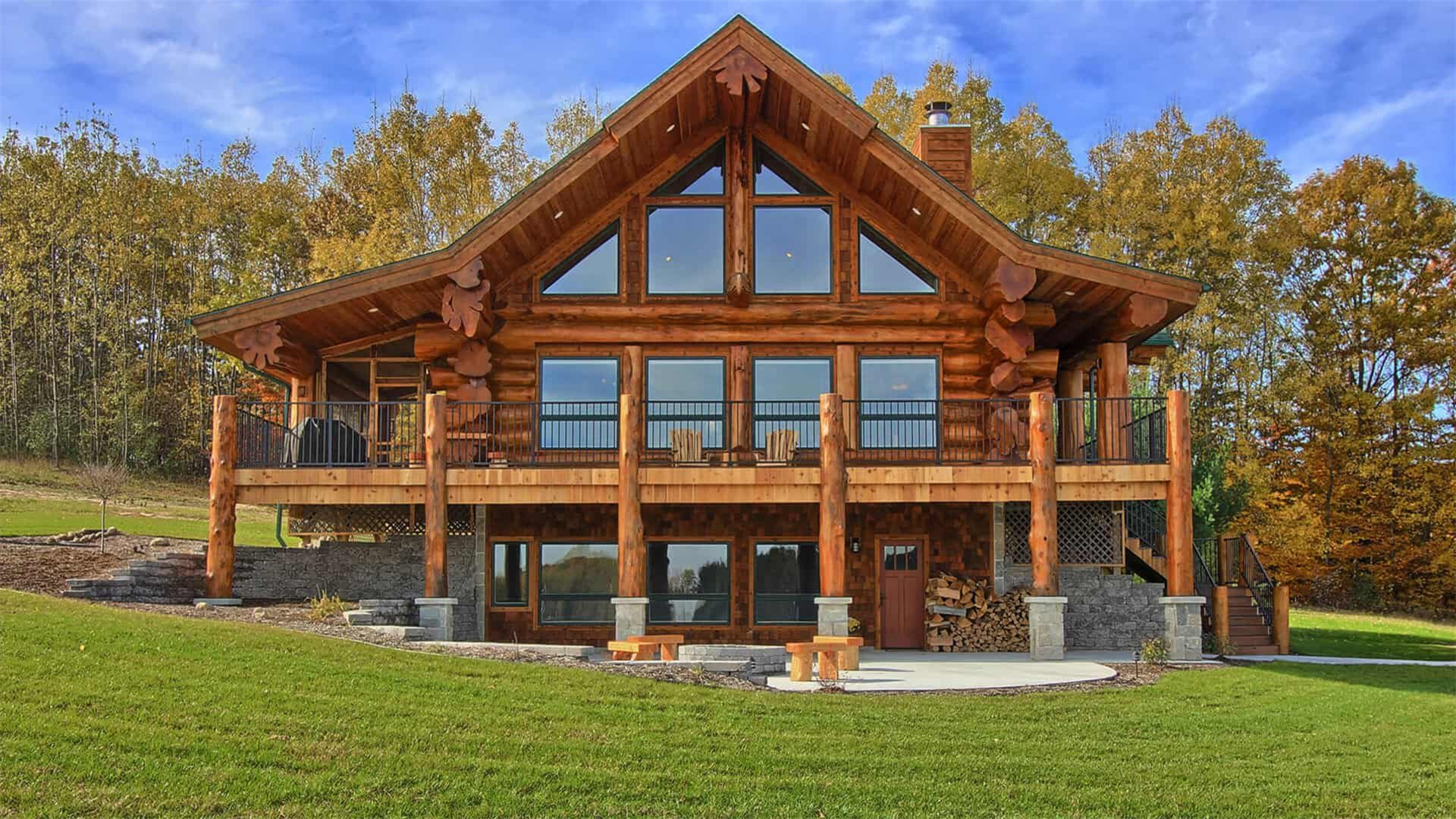
1. Begin with Shade: Nature’s Built-In Cooling System
One of the most effective ways to keep your cabin cool is by utilizing natural shade. If your cabin is surrounded by tall trees, you already have a significant advantage. Trees block direct sunlight and help maintain a cooler environment around your home, reducing the amount of heat absorbed by the cabin’s exterior. Deciduous trees, such as maples, oaks, or birches, are particularly useful because they provide ample shade in summer while allowing sunlight to filter through in winter once their leaves have fallen.
If your cabin lacks adequate tree cover, consider planting fast-growing shade trees on the sunniest side of your property—typically the south or west-facing sides, which receive the most intense afternoon sunlight. Choose species that thrive in your local climate and soil conditions. For example, silver maples grow quickly and provide broad canopies, while hybrid poplars can grow up to 8 feet per year. Over time, these trees will reduce heat accumulation during the day, creating a naturally cooler microclimate around your cabin.
Additionally, consider adding shrubs or climbing vines near windows to block low-angle summer sun. Plants like grapevines, clematis, or ivy can create a living green screen that adds beauty while reducing indoor temperatures.

2. Use Light-Colored Curtains and Blinds
Heavy drapes may look elegant in winter, but they tend to retain heat during summer. Instead, opt for light-colored, breathable curtains or bamboo blinds. These materials reflect sunlight rather than absorbing it, preventing your cabin from becoming a heat trap. Light-colored fabrics, such as whites, creams, or pastels, have higher albedo (reflectivity) and can reduce heat gain by up to 33%, according to the U.S. Department of Energy.
Keep curtains or blinds closed during the hottest hours of the day—typically between 11 a.m. and 4 p.m.—to block direct sunlight. In the evening, open them to let in cooler air and natural light. For added efficiency, consider installing blackout curtains with thermal lining, which provide both insulation and light control. These curtains are especially useful for bedrooms, ensuring a cool and comfortable sleep environment.
If you prefer a more rustic aesthetic, bamboo or woven wood blinds offer excellent ventilation while diffusing sunlight. They allow air to circulate freely, reducing humidity and preventing the stuffy feeling often associated with closed spaces.
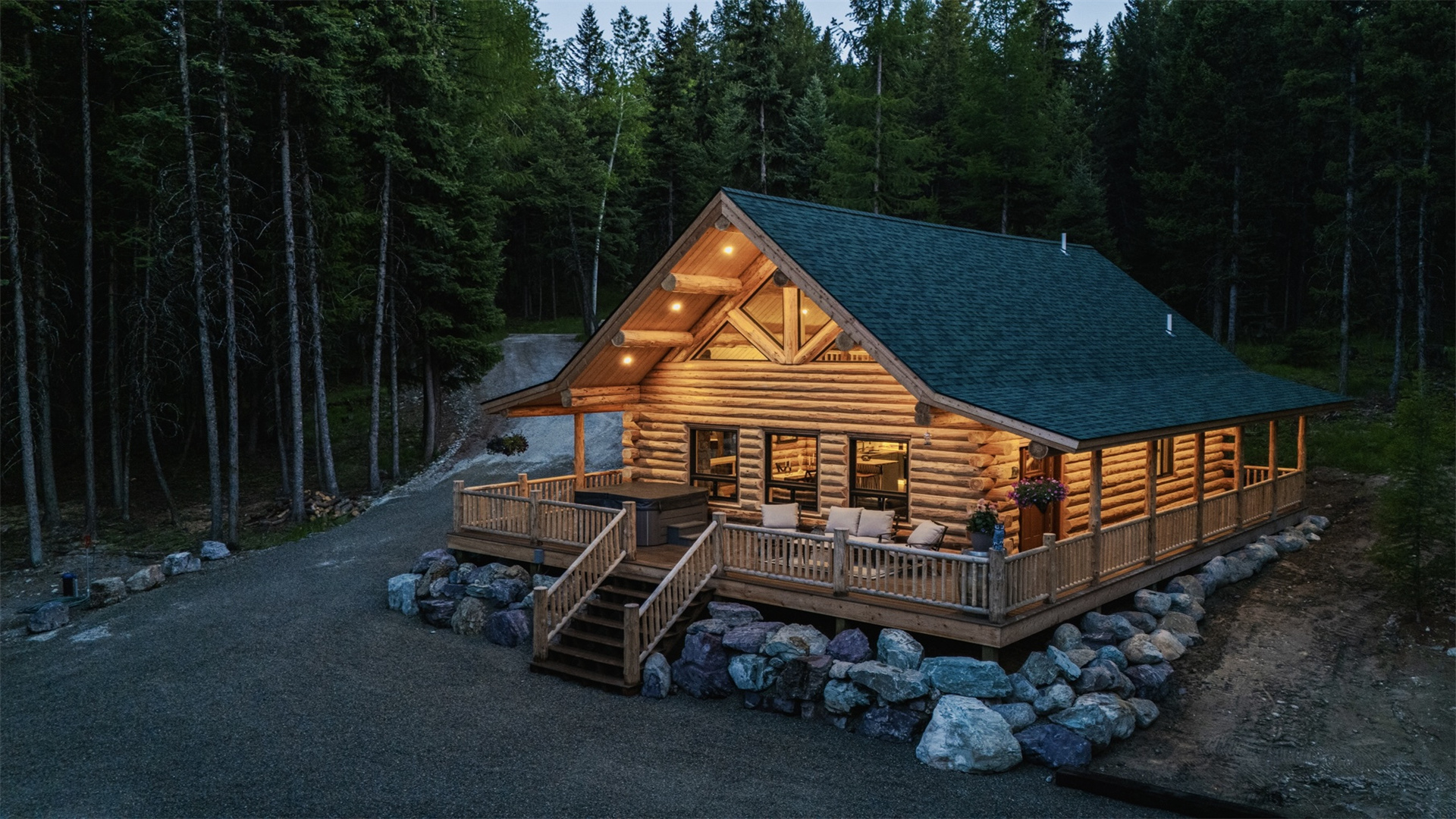
3. Maximize Window Openings for Cross-Ventilation
Many log cabins feature windows on multiple sides, making them ideal for creating cross-ventilation. Early in the morning or late in the evening, open windows on opposite sides of your cabin to allow cool air to circulate. This technique, known as the "stack effect," relies on the natural tendency of warm air to rise and cool air to sink.
If your home has an upper floor or loft, open high windows to let warm air escape. This natural airflow can lower indoor temperatures by several degrees without requiring any electricity. For optimal results, position fans near open windows to enhance airflow. A box fan placed in a window facing outward can help expel hot air, while a fan facing inward can draw cooler air inside.
To maximize cross-ventilation, ensure that furniture and decor do not obstruct airflow. Move large pieces like sofas or bookcases away from windows, and avoid hanging heavy drapes that may impede air movement. Additionally, consider installing transom windows above doors or larger windows to improve ventilation in tight spaces.
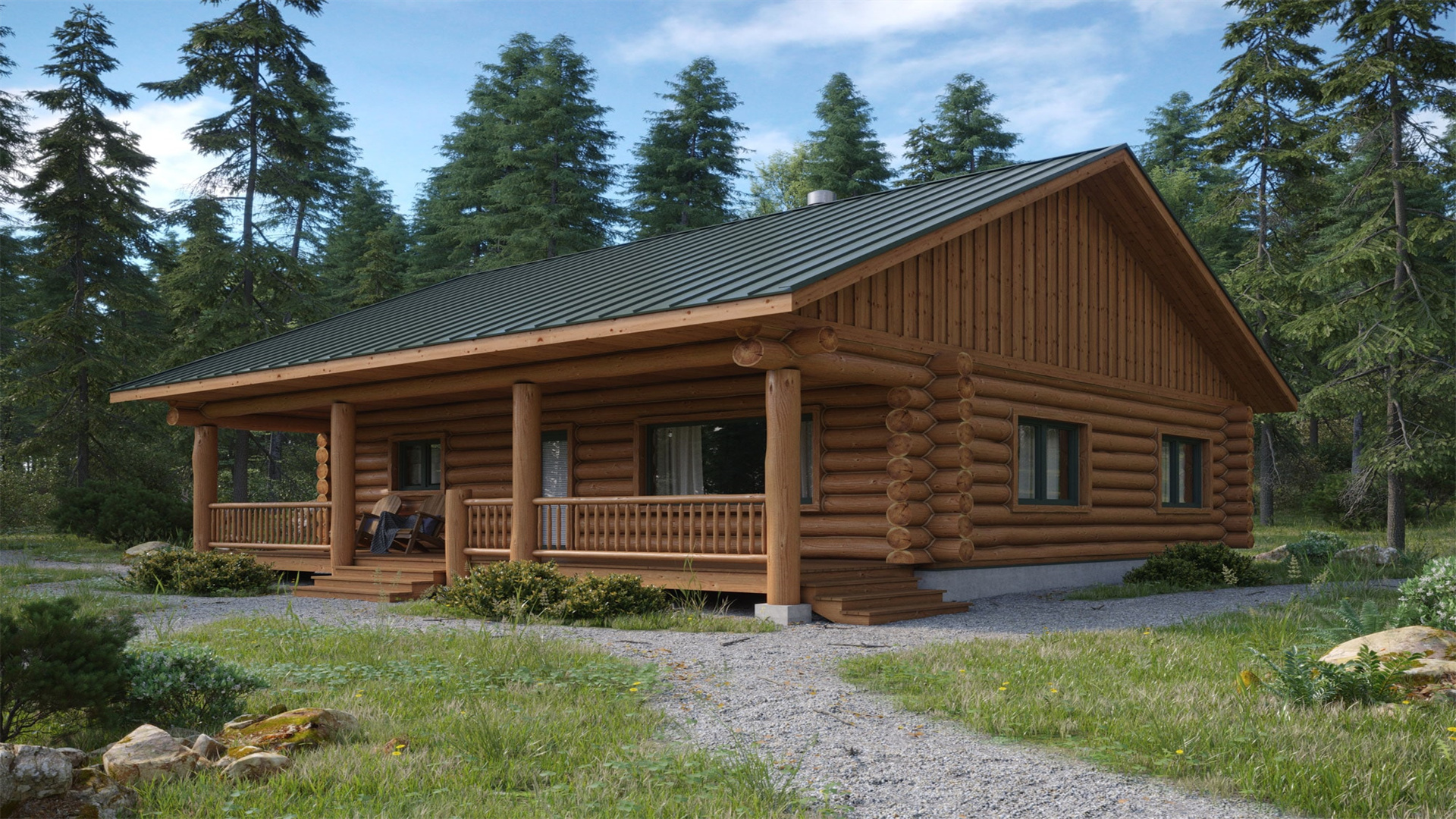
4. Improve Roof Ventilation
Hot air rises, and in summer, it can become trapped in your attic or loft if there’s no outlet. This trapped heat can then radiate back into your living space, making your cabin feel like an oven. If your log cabin doesn’t already have adequate roof ventilation—such as ridge vents, gable vents, or soffit vents—consider adding them.
Ridge vents run along the peak of your roof and allow hot air to escape, while soffit vents, located under the eaves, draw in cooler air from outside. This continuous airflow helps regulate attic temperatures, reducing the overall heat load on your home. Gable vents, installed on the exterior walls near the peak of the roof, provide additional ventilation for cabins with steep roofs.
If you’re not comfortable installing vents yourself, hire a professional to assess your roof’s ventilation needs. Properly installed vents can lower attic temperatures by up to 30°F, significantly reducing the amount of heat that seeps into your living space. It’s a one-time investment that provides benefits every summer.
5. Install a Whole-House Fan
If you’re willing to use a small amount of electricity but still want to avoid full air conditioning, a whole-house fan is an excellent choice. Installed in your attic, these fans draw cool air in through open windows and expel hot air through roof vents. They work best during early morning and late evening when outdoor temperatures drop.
Unlike AC, which cools the air through refrigeration, whole-house fans rely on airflow to create a cooling effect. They consume far less energy—typically 200 to 600 watts, compared to 3,500 watts for a central AC unit—while still significantly lowering indoor temperatures. For maximum efficiency, use the fan when outdoor temperatures are at least 5°F cooler than indoors.
To enhance the fan’s effectiveness, open multiple windows on the lower level of your cabin to create a strong draft. Close windows and doors leading to unoccupied rooms to focus airflow where it’s needed most. Some whole-house fans also come with timers or thermostats, allowing you to automate their operation for convenience.
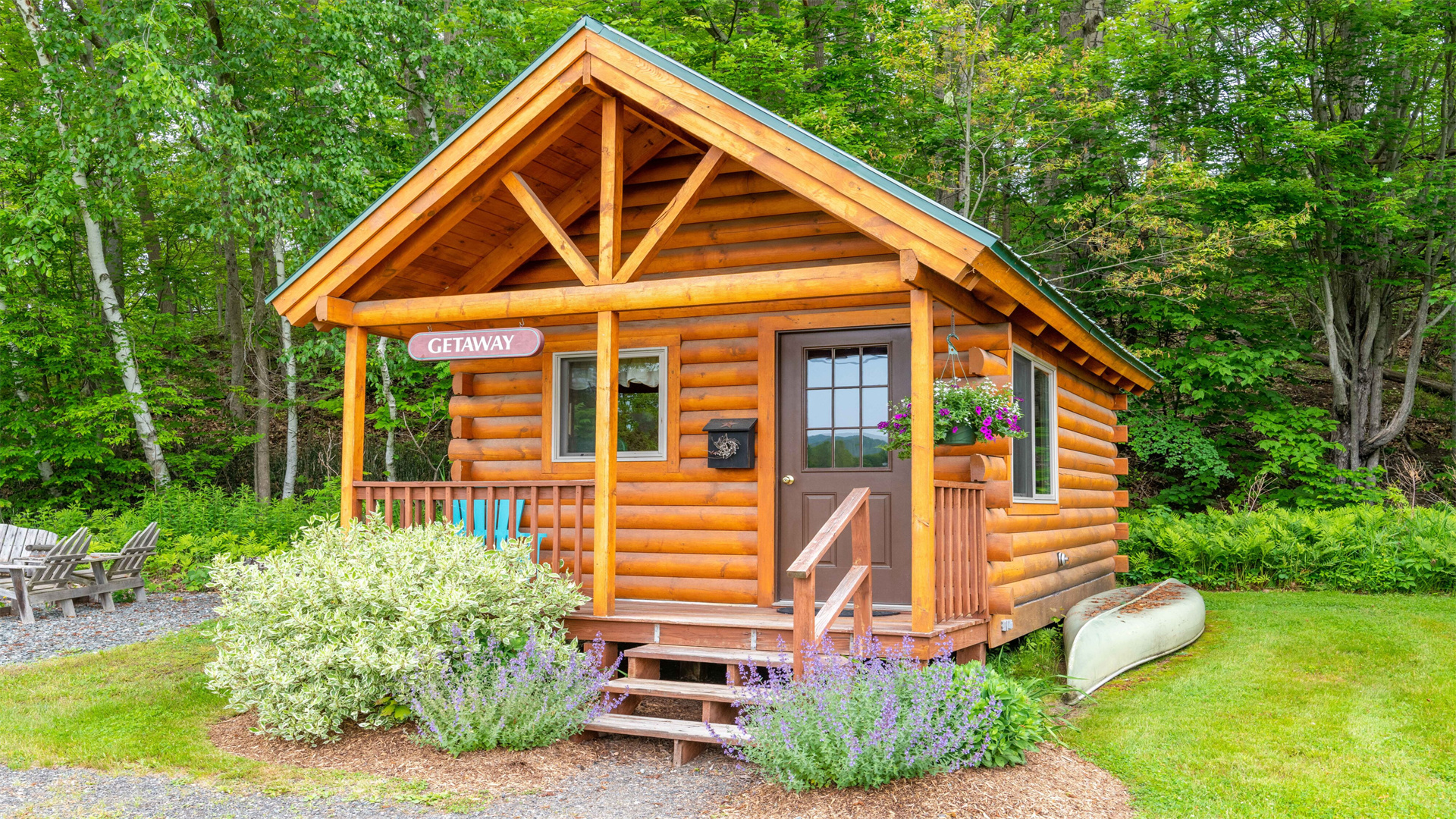
6. Apply Reflective Window Film
If your cabin receives a lot of direct sunlight, especially through large windows, applying reflective film can make a substantial difference. These thin, transparent sheets adhere to your windows and reflect a portion of the sun’s heat away from your home while still allowing light to enter.
Reflective window films come in various tints, from clear to lightly tinted, and can reduce solar heat gain by up to 80%. They’re affordable, easy to install, and barely alter the appearance of your windows. Some films also offer UV protection, preventing furniture, flooring, and artwork from fading due to sun exposure.
For best results, choose a film with a high visible light transmission (VLT) rating if you want to maintain natural light while blocking heat. If privacy is a concern, opt for a slightly darker tint. Window films are particularly effective on south- and west-facing windows, which receive the most intense sunlight.
7. Choose Lightweight Rugs and Fabrics
Thick rugs, heavy blankets, and plush furniture covers can trap heat and make your space feel warmer. During summer, switch to lighter materials like cotton, linen, or bamboo. These natural fibers are breathable and moisture-wicking, helping to keep you cool and comfortable.
Use bare floors where possible, as hardwood, tile, or stone surfaces stay cooler than carpeting. If you prefer the warmth of rugs, choose thin, flat-weave options in light colors. Lighten your bedding by replacing heavy comforters with lightweight quilts or cotton sheets. Not only will you feel cooler, but your cabin will also appear more spacious and airy.
For upholstery, consider slipcovers made from breathable fabrics like linen or cotton. These can be easily removed and washed, keeping your furniture fresh and cool. Additionally, avoid synthetic materials like polyester, which can trap heat and moisture.
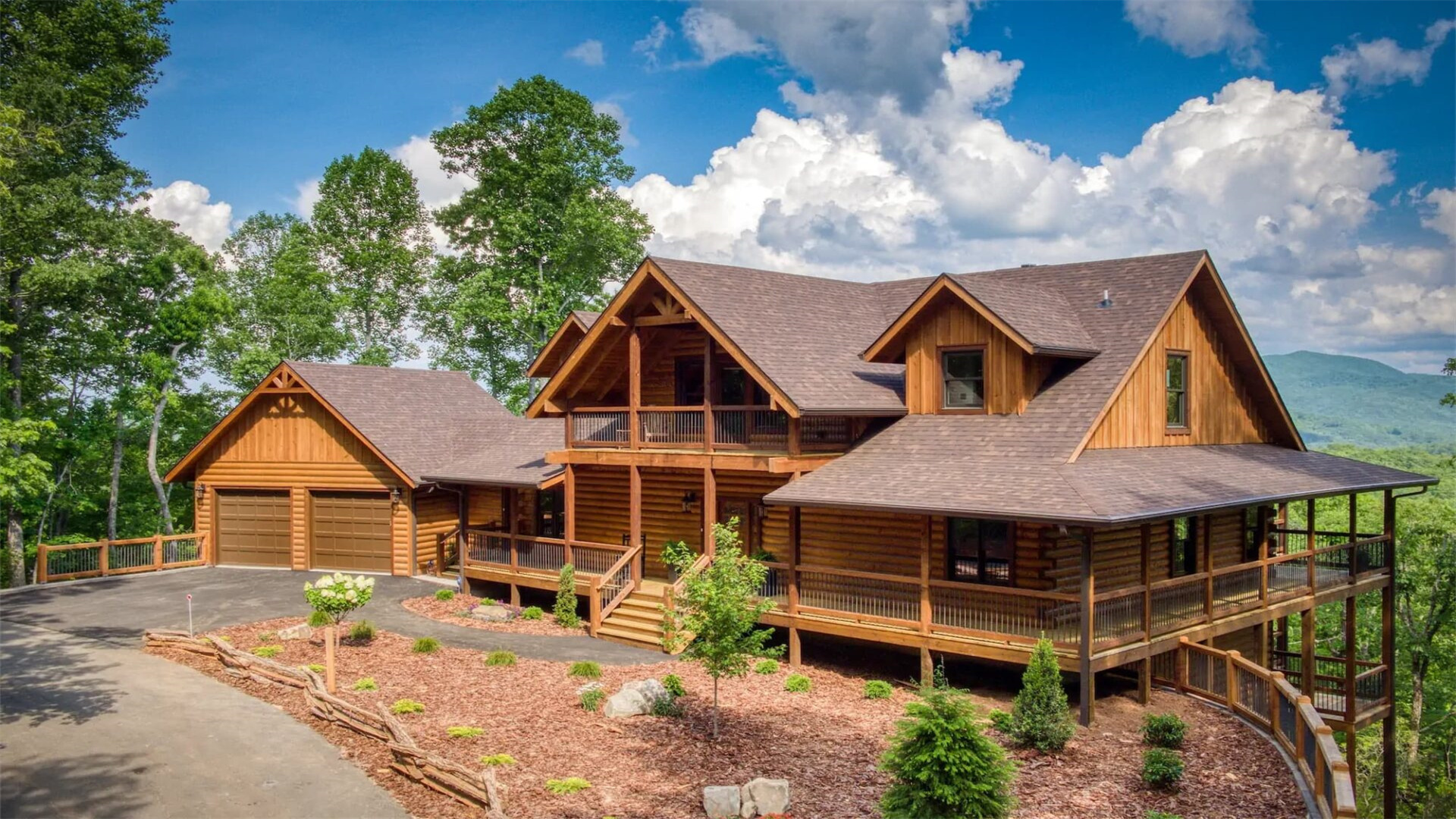
8. Seal Leaks and Gaps
You might associate sealing your home with winter, but it’s equally important in summer. Gaps around doors, windows, or floorboards can allow warm, humid air to enter your cabin, making it harder to keep cool. Use weatherstripping, caulk, or foam insulation to seal these areas.
Start by inspecting your cabin for drafts. On a windy day, hold a lit candle or incense stick near windows and doors. If the flame flickers or smoke drifts, you’ve found a leak. Apply weatherstripping to the edges of doors and windows, ensuring a tight seal when closed. For larger gaps, use expanding foam insulation, which fills voids and prevents air infiltration.
Sealing leaks helps maintain a more consistent indoor temperature and keeps out unwanted insects. It also improves energy efficiency by preventing conditioned air (whether cooled by fans or natural ventilation) from escaping.
9. Switch to LED or Low-Heat Lighting
Incandescent bulbs don’t just waste energy—they also generate heat, which is undesirable in summer. Replace them with LED bulbs, which run cooler and consume less power. LEDs produce 90% less heat than incandescent bulbs, making them ideal for keeping your cabin cool.
If your cabin has numerous lights in a small space, this simple change can have a noticeable cooling effect over time. Consider installing dimmer switches to reduce light output and heat generation when full brightness isn’t needed. For outdoor lighting, use solar-powered LEDs, which eliminate the need for electricity and produce no heat.
Additionally, avoid using halogen floor lamps or track lighting, which can become hot to the touch. Opt for cool-to-the-touch LED fixtures instead.
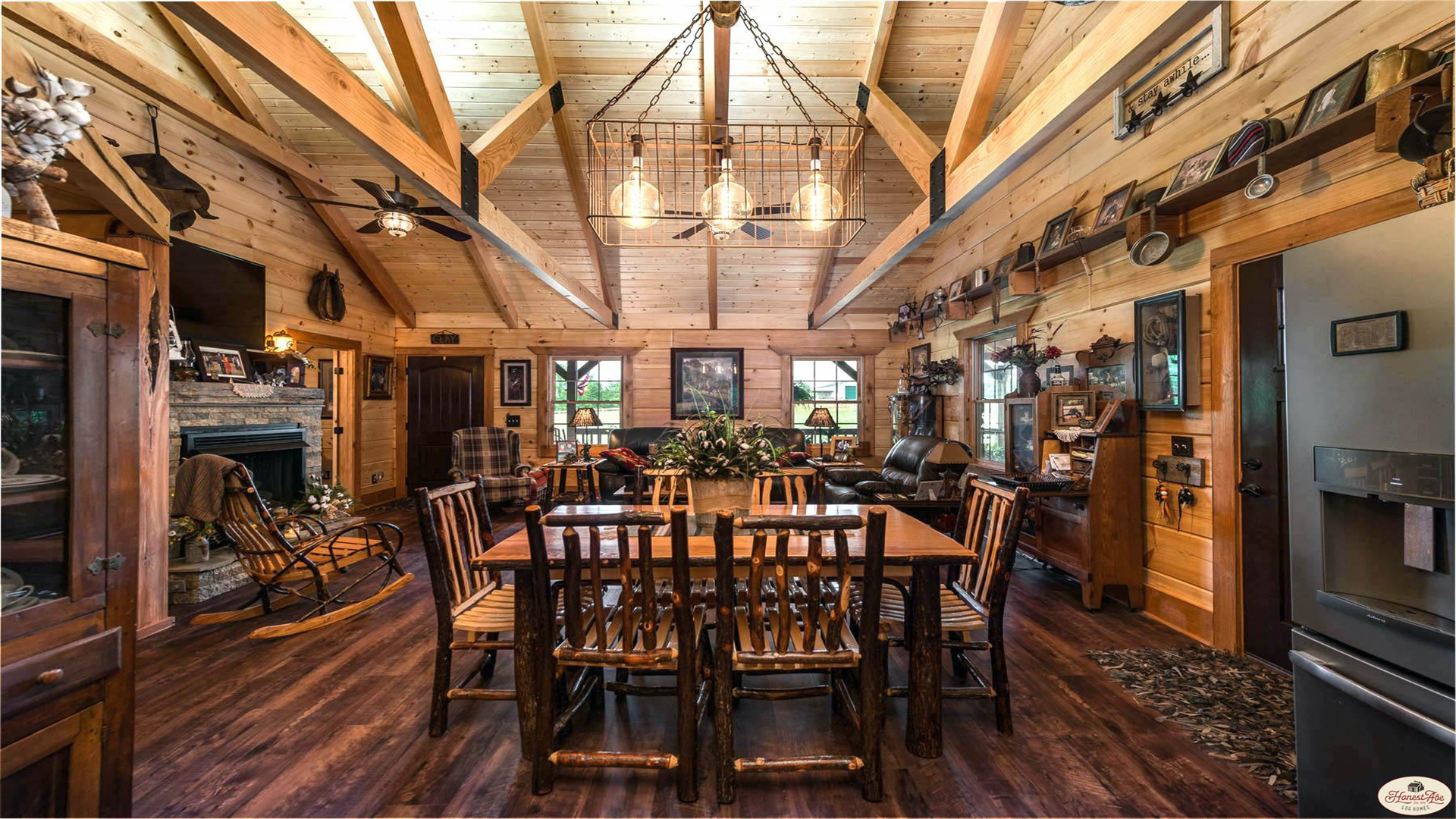
10. Cook Outdoors (Or Minimize Indoor Cooking)
Nothing heats up a cabin faster than using the oven or stove. During summer, try cooking outside on a grill, over a fire pit, or with a portable induction burner on the porch. Outdoor cooking not only keeps your cabin cool but also adds a fun, campfire-like atmosphere to your meals.
If you must cook indoors, stick to quick stovetop meals or use appliances like slow cookers or toaster ovens, which produce far less heat. Prepare cold meals like salads, sandwiches, or chilled soups to avoid using the stove altogether. Consider meal prepping in advance during cooler hours, then reheating dishes briefly when needed.
For baking, use your outdoor grill with a pizza stone or cast-iron skillet to mimic oven conditions. Alternatively, invest in a countertop convection oven, which cooks food faster and generates less heat than a full-sized oven.
11. Capitalize on Cooler Nighttime Temperatures
If your nights tend to cool down significantly, make the most of it. Open your windows in the evening to let in fresh air and close them again early in the morning before the heat returns. This technique, known as "night flushing," can lower indoor temperatures by several degrees.
You can also place box fans near the windows to help draw in cool air more quickly. Position one fan facing inward to bring cool air inside and another facing outward on the opposite side of the cabin to expel hot air. Just be sure to use window screens to keep insects out.
For added comfort, consider using a programmable thermostat (if you have a whole-house fan or minimal cooling system) to automate nighttime ventilation. Set it to open windows and activate fans when outdoor temperatures drop below a certain threshold.
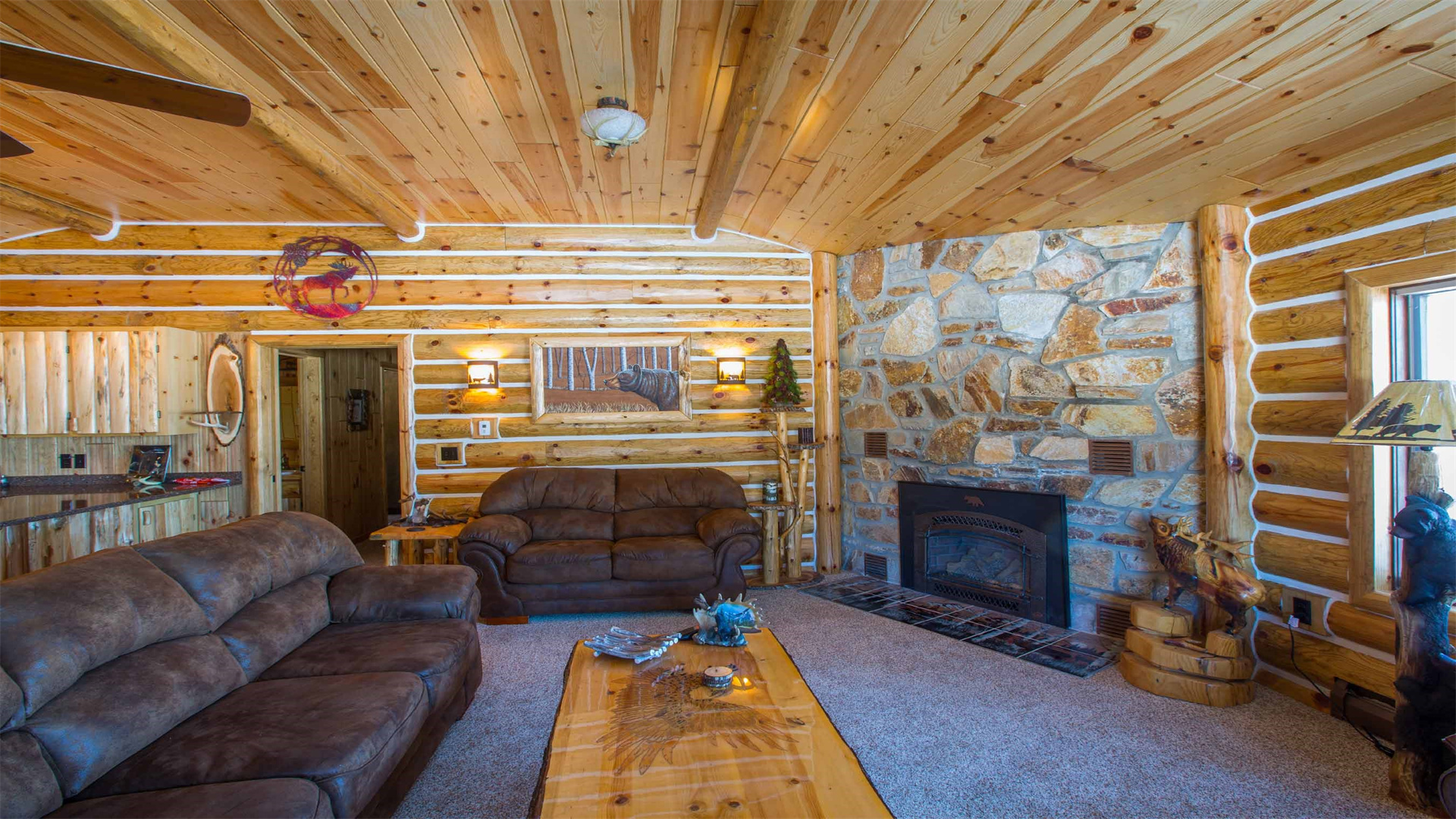
12. Apply Heat-Reflective Roof Treatments
Some log cabin owners opt to apply heat-reflective coatings to their roofs. These coatings—commonly used on metal or shingle roofs—can reflect sunlight and reduce the roof’s surface temperature by 30% or more. This prevents a significant amount of heat from radiating into your home.
Heat-reflective roof coatings are typically white or light-colored and contain reflective pigments that bounce sunlight away. They’re especially beneficial if your cabin receives full sun throughout the day. Some coatings also offer waterproofing benefits, protecting your roof from leaks and extending its lifespan.
Before applying a coating, ensure your roof is clean and free of debris. Follow the manufacturer’s instructions for application, and consider hiring a professional if you’re not comfortable working on a roof.
13. Rearrange Furniture for Improved Airflow
You might be surprised by how much a sofa or large cabinet can obstruct airflow from a window or fan. Walk through your cabin and check if any furniture is blocking open windows or natural air paths. Moving furniture even slightly can help breezes circulate more freely and make the space feel cooler.
For example, place sofas and chairs away from windows to allow air to flow unobstructed. If you have a ceiling fan, ensure that furniture doesn’t block its airflow. Arrange seating in a way that encourages air movement, such as positioning chairs in a semi-circle near open windows
Additionally, avoid cluttering corners or narrow hallways, as these areas can trap hot air. Keep pathways clear to promote better ventilation throughout your cabin.
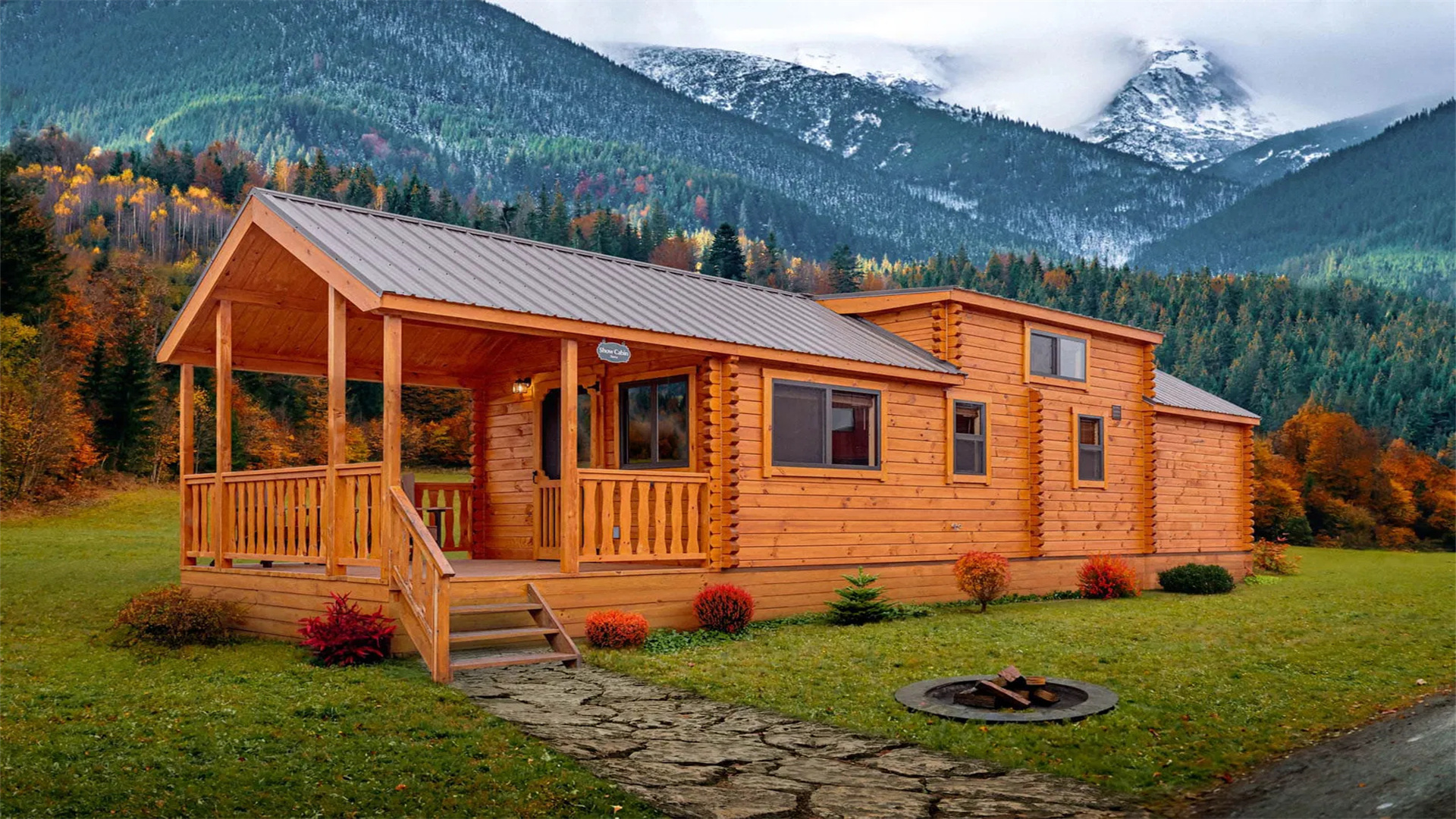
14. Use Ceiling Fans Correctly
If you have ceiling fans, ensure they’re rotating in the right direction. In summer, ceiling fans should spin counterclockwise to push cool air downward. This creates a breeze that makes you feel cooler, even if the actual temperature hasn’t changed.
Many people overlook this detail, but it makes a substantial difference. To check your fan’s direction, stand beneath it and watch the blades. If they’re moving clockwise, switch the fan to counterclockwise rotation. Most fans have a small switch on the motor housing that allows you to change directions.
If you don’t have ceiling fans yet, installing even one in your main living area can keep the room noticeably cooler. Choose a fan with a large blade span (at least 52 inches) for optimal airflow. For high ceilings, consider a fan with a downrod to position it at the correct height.
15. Install a Heat-Reflecting Roof Overhang or Awning
If your cabin has south-facing windows or doors that are exposed to intense sunlight all day, adding a small awning or overhang can help block that heat. These are particularly effective when constructed with light-colored or reflective materials.
A simple canvas shade or wooden overhang not only helps with heat but also adds charm and character to your cabin. Overhangs work by blocking the high-angle summer sun while allowing the lower-angle winter sun to enter, providing passive solar heating in colder months.
For a more permanent solution, consider installing a retractable awning. These can be extended during the hottest parts of the day and retracted when not needed. Some awnings even come with motorized controls for convenience.
Alternatively, planting fast-growing vines like grapes or wisteria near south-facing windows can create a natural overhang. As the vines grow, they’ll provide shade and cooling benefits while adding beauty to your cabin’s exterior.
By implementing these strategies, you can transform your log cabin into a cool and comfortable summer retreat without relying on air conditioning. From natural shade and cross-ventilation to reflective coatings and smart furniture arrangement, these methods are both effective and eco-friendly. Embrace the charm of summer living in your log cabin while staying cool and relaxed.

